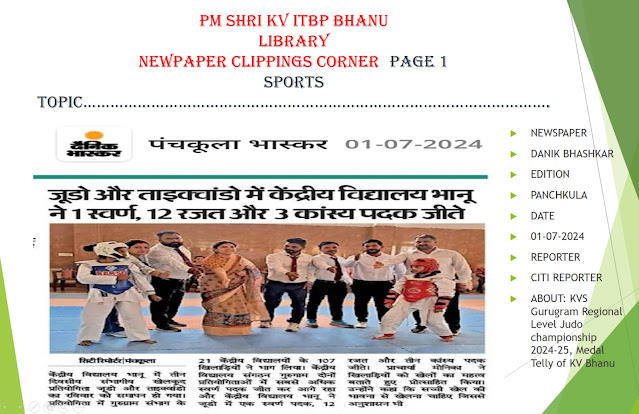It is aided in these initiatives by its functional arms ÔÇô Directorate General of Training (DGT), National Council for Vocational Education and Training (NCVET), National Skill Development Corporation (NSDC), National Skill Development Fund (NSDF) and 37 Sector Skill Councils (SSCs) as well as 33 National Skill Training Institutes (NSTIs/NSTI(w)), about 15000 Industrial Training Institutes (ITIs) under DGT and 187 training partners registered with NSDC. The Ministry also intends to work with the existing network of Skill Development centres, universities and other alliances in the field. Further, collaborations with relevant Central Ministries, State governments, international organizations, industry and NGOs have been initiated for multi-level engagement and more impactful implementation of Skill Development efforts.
Vision Statement 2025
ÔÇ£Unlock human capital to trigger a productivity dividend and bring aspirational employment and entrepreneurship pathways to allÔÇØ
MSDEÔÇÖs Vision 2025 adopts an ecosystem-enabling lens to transition India to a high-skills equilibrium and help create positive outcomes for individuals, enterprises and the economy. The three outcomes to be achieved through vision:
- Enable individual economic gains and social mobility;
- Create a skills market that is learner-centric and demand-driven; and
- Facilitate aspirational employment and entrepreneurship generation, improve overall productivity for enterprises, and catalyse economic growth.











.jpeg)
.jpeg)
.jpeg)

.jpeg)
.jpeg)
.jpeg)
.jpeg)
.jpeg)













